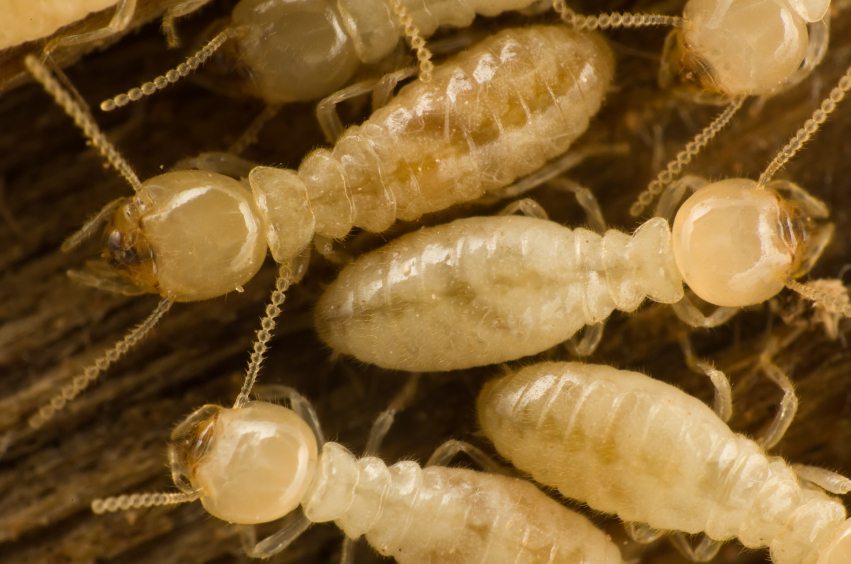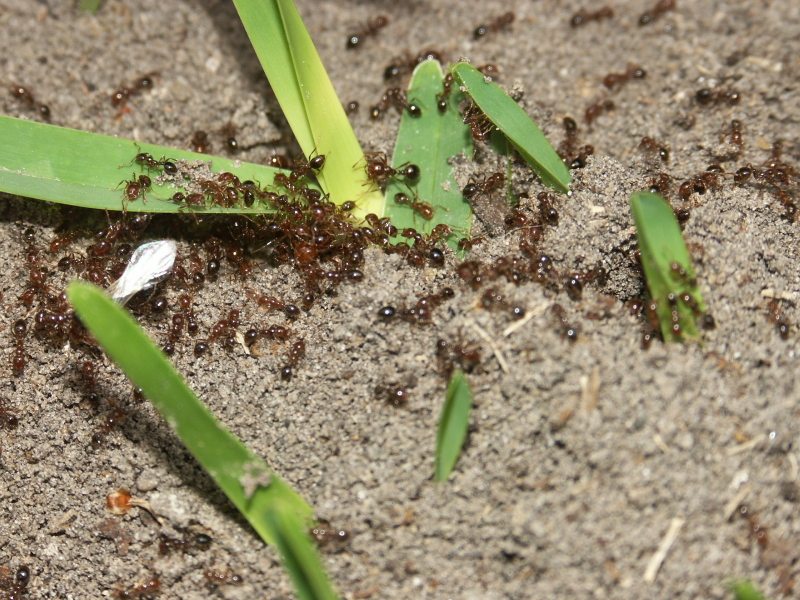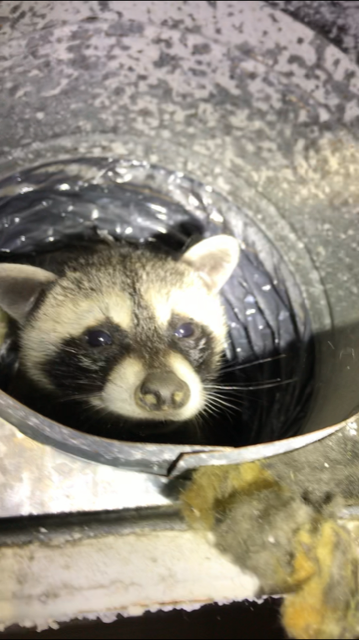The following is an excerpt from:
http://www.colostate.edu/Dept/CoopExt/4DMG/Pests/whatis.htm
By Whitney Cranshaw, Colorado State University Cooperative Extension, Entomology
One of the most common questions regarding insect classification surrounds the differences between the various stinging wasps and bees. This is a good taxonomic question that gets a bit muddled from the common names that are applied to this diverse group of insects.
First of all bees and wasps are members of the order Hymenoptera, along with ants and a few “weirdo” groups including sawflies and horntails. Essentially all bees develop on a diet of pollen and nectar. Also, they are almost always hairy bodied, a morphological boost for pollen collecting.
The most well known are social bees that produce a colony including the honeybee ( Apis mellifera) that produce a perennial colony and bumble bees (Bombus spp.) that annually establish new colonies. However there are many types of solitary bees -species that have the habit of individually creating a colony that is dug into the ground or excavated from some soft substrate. (Of course, in these cases the female does all the nest construction work and provisioning of the young.) Leafcutter bees (usually Megachile spp.) and various digger bees are examples of species that have this habit. All of the above rear their young on nectar and pollen, the few exceptions to this habit among Colorado bees are those that are parasites of other bees.
The definition of a “wasp” gets a bit dicier. Perhaps the best separation between almost all Colorado bees and wasps are their feeding habits and “body hair”. All wasps develop as a predator or parasite of other insects or are scavengers. Wasps have generally a minor role in pollination (primarily done by the males) and have a comparatively much less “hairy” body than bees.
But then there are wasps and there are wasps. They are categorized at this level as: 1) parasitic wasps; 2) solitary hunting wasps; and 3) social wasps.
The parasitic wasps lay their eggs in or on some insects. (Species in the families Braconidae and Ichneumonidae are particularly commonly encountered.) Their young develop on the unfortunate host, almost invariably killing it. Although females often have a long, scary looking stinger (which is used primarily to lay eggs in some insects they are non-aggressive and produce little, if any, pain if a sting does occur.
The solitary hunting wasps primarily involve two families of wasps, Sphecidae and Pompilidae. General habits of both are in many ways similar. The female creates rearing cells in some sort of nest, goes out and collects prey that she paralyzes and returns it to the nest cell, then, when the nest cell is adequately provisioned, lays an egg and seals it. The type of nest depends on the species.
Some hunting wasps dig into soil, others create mud nests and many excavate the pith of hollow plants. One of the main differences of the two families are that the Sphecid wasps hunt insects; pomipilids hunt spiders. Also different is the sting – some of the pompilid wasps have about the most painful sting of any insect, while the sphecid wasps have a mild sting.
Then there are the social wasps (all in the family Vespidae), that are the group that most encounter human in unfortunate stinging incidents. All the social wasps share some habits: colonies are established annually, abandoned completely and dying off in fall after leaving a few fertilized queens to scatter around the vicinity and attempt a new colony the next season; nests are made of “paper” produced from masticated wood pulp; populations of colonies show dramatic differences in activity during the growing season, as they annually increase exponentially from late May through September; and they don’t leave a stinger, as do honey bees.
Basically there are three groups of social wasps. The most common are the yellowjackets, accounting for the overwhelming majority of stinging incidents in the state (see above). These are all in the genus Vespula and the most noxious species is the western yellowjacket (Vespula pensylvanica). Yellowjackets produce a paper nest but the site of the nest is concealed, in an abandoned rodent nest below ground, behind an exterior wall, in hollows of children’s playground equipment, etc. Yellowjackets have diverse tastes. Although they feed on some insects, they readily scavenge sweets and protein-rich foods. They can be serous nuisance problems around uncovered garbage and at outdoor dining areas in late summer.
Perhaps more commonly observed, but far less commonly involved in sting incidents are the “hornets”. These make paper enclosed nests in trees, shrubs and under eaves that may exceed the size of a football. They are produced by members of the genus Dolichovespula. The baldfaced hornet, a large black and white wasp, is the most commonly encountered member of this group. Hornets are primarily predators of other insects, rarely visiting garbage or outdoor dining areas. Then there are “umbrella wasps”. These similarly make their nest cells of a papery material, but do not enclose it with a papery envelope. Colorado species that have this habit are in the genera Polistes and Mischosyttarus. As with the hornet these have a generally beneficial habit, rearing their young on insects that they capture, but will sting when defending the hive.
Photos: Judy Sedbrook











